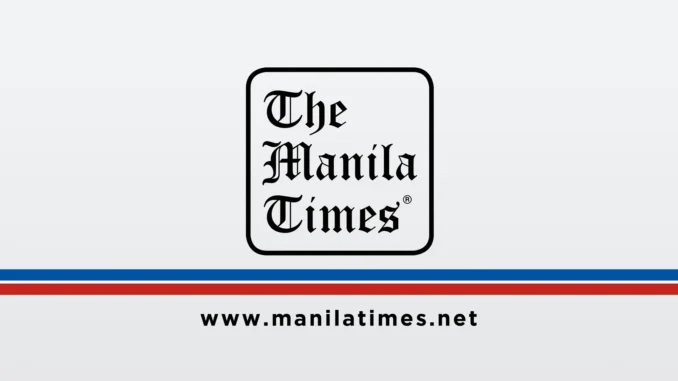
IN 1968, Garrett Hardin coined the term “tragedy of the commons.” When a scarce resource is accessible to everyone and shared without limit, there is a natural tendency to use it to the point of overexploitation and depletion, and in the end, everyone loses. Individuals may gain by using the resource, but everyone collectively loses as more and more people consume the limited resource. This situation is evident today for many of the resources that we depend on for our existence: clean air, ocean fisheries, forests, etc. In the absence of institutions and rules that achieve judicious management of the resource, the community faces diminishing benefits until the resource is exhausted.
In our cities, a precious resource is our road network, which is increasingly being congested by more and more private motor vehicles without limit. We already know that our road network cannot be continuously widened and lengthened to accommodate more vehicles. The cost of acquiring additional right-of-way to add yet another lane is already prohibitive in most cities — even self-defeating if it means eliminating sidewalks which are used by all of us. Moreover, we already know that simply adding a lane provides only temporary relief. Any reduction in congestion attracts additional car use and, soon after, the same road is just as congested as before.
The consequences of roads clogged with motor vehicles are profound. Not only do they affect the productivity of most citizens, they also undermine the health and quality of life of everyone. Streets with hundreds or thousands of vehicles stuck in traffic and burning fuel add to the heat, noise and air pollution that local communities suffer.
Research tells us that the only way to avoid a “tragedy of the commons” is to establish and implement rules that will ensure sustainable use of the resource in a manner that achieves the greatest good. What can officials do to implement this approach with respect to our road network?
First, urban roads need to be designed and managed so that the most sustainable and productive travel modes are prioritized. When roads are already congested, the most efficient and least polluting modes of travel should be favored. Roads that are mainly for walking, cycling and public transport can move many times more people on the same road space than those that permit private motor vehicles. Moreover, because car-free roads are likely to also be an efficient route, they can promote a shift in travel behavior toward sustainable travel modes, thereby also reducing the volume of motor vehicles.
Second, officials can establish dedicated lanes for public transport on congested roads so that high-capacity vehicles move without friction with private motor vehicles. This will enable public transport to have predictable speeds, shorter travel times and a reliable schedule. Public transport will also have improved financial viability because, freed from traffic, it will be able to have more round trips, be more attractive and carry a greater number of passengers. As much as possible, the dedicated public transport lanes should be at the median, so that there will be no obstruction from delivery trucks or from private motor vehicles wanting to turn right or into establishments at the curbside. The EDSA Busway already demonstrates the huge advantage of operating at the median instead of at the curbside.
Already, under Republic Act 8749, or the Clean Air Act of 1999, passed 25 years ago, the Department of Transportation (DoTr) has the power to restrict the use of motor vehicles on any street if motor vehicle congestion is making the air unhealthy for neighboring communities. The law states that “DoTC (Department of Transportation and Communication, as the department was then called) shall have the power to … prohibit or enjoin the use of motor vehicles in any area or street at specified times.” Even though this power has never been exercised by DoTr, there is no better time to use this power than today to prioritize the travel modes that are environment-friendly and serve the greatest number of Filipinos. Not to use it should be considered negligent.
Another tool to ration the use of a road is to charge for its use. Because private motor vehicles add to the congestion on our roads, a road congestion charge could be applied in order to limit the number of private vehicles to those willing to pay to use the road. The congestion charge is one way that private motor vehicles can compensate the rest of society for the negative impacts that they bring (e.g., traffic, heat, noise, air pollution). Revenues can then be used to improve public transport services and the quality of the road infrastructure.
Because we can already see the dire implications of allowing our roads to descend into gridlock, it is incumbent on our officials to take necessary action so that roads are used in a fair, efficient, responsible and sustainable manner. Our officials already have tools and powers to manage our roads for the greater good and in a responsible manner. It is not only highly desirable; it is also their legal obligation.
Robert Y. Siy is a development economist, city and regional planner and public transport advocate. He is a co-convenor of the Move As One Coalition. He can be reached at [email protected] or followed on Twitter @RobertRsiy.


Be the first to comment